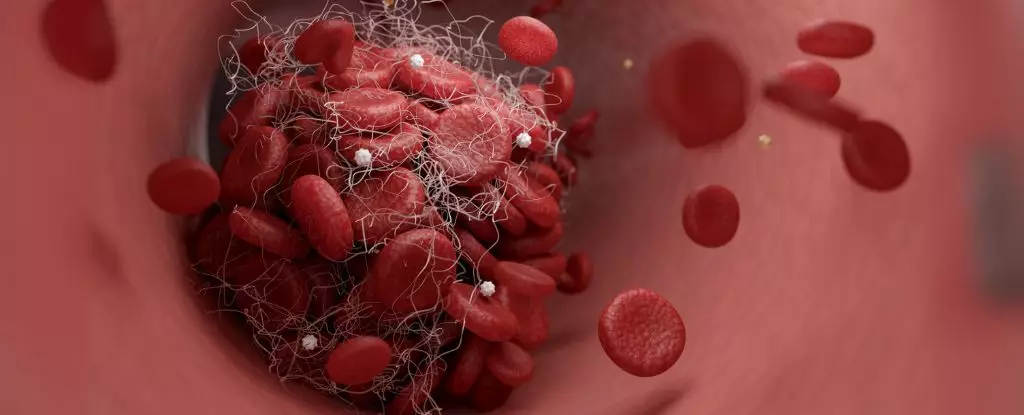As a nurse with extensive experience in neurocritical care, I have watched in despair as stroke victims grappled with the unforeseen chaos unleashed upon their lives. The reality is stark: stroke is one of the most significant public health crises we face, and many people remain blissfully ignorant of its risk factors. This lack of awareness invites a chilling reality—stroke is not just an unfortunate event reserved for the elderly; it’s increasingly affecting a younger demographic. In fact, growing research indicates that stroke cases among people under 55 are on the rise, revealing a deeply concerning trend that warrants immediate attention.
The prevailing perception that strokes primarily afflict older individuals undermines the urgency of comprehensive education and prevention efforts. It’s time to dismantle the myth that strokes are solely linked to age and recognize that these medical emergencies can strike even the seemingly healthy and young. When we fail to acknowledge this reality, we invite unnecessary suffering and the staggering financial and emotional toll that accompanies it.
Demystifying Risk Factors: More Than Age and Genetics
It’s easy to point fingers at unmodifiable risk factors—like genetics or familial history—when discussing stroke vulnerability. However, I argue that focusing solely on these aspects detracts from more immediate and actionable elements that can meaningfully reduce stroke risk. Essential lifestyle choices, including balanced nutrition, physical activity, and chronic disease management, are paramount.
However, the conversation around these lifestyle factors is often steeped in stigma. For example, socioeconomic status plays a huge but overlooked role in stroke incidence. Individuals from lower-income backgrounds often grapple with a myriad of disadvantages, ranging from inadequate healthcare access to an environment where unhealthy choices become the norm. It is essential to recognize that promoting awareness and education about stroke prevention must also extend to addressing these social determinants of health.
8 Empowering Strategies to Combat Stroke
Now, let’s get to the heart of the matter—what can we do to lower stroke risk? Implementing a change in lifestyle doesn’t require a complete overhaul overnight. Here are eight empowering strategies that individuals can adopt to dramatically reduce their risk of stroke:
1. Quit Smoking: Smoking is a well-documented risk factor. It doesn’t just pose a threat to the lungs; it damages blood vessels and skyrockets hypertension levels. Quitting can significantly decrease stroke chances.
2. Monitor Your Blood Pressure: High blood pressure is often dubbed the “silent killer.” Regular monitoring can help catch any alarming rises early, allowing for preventive measures or lifestyle changes to be made.
3. Manage Cholesterol Levels: High cholesterol can be catastrophic for blood vessels, leading to potential blockages. Frequent check-ups and dietary adjustments can help keep these levels in check.
4. Control Blood Sugar: With diabetes gaining prevalence, it’s crucial to manage blood sugar levels. Simple modifications in diet and exercise can yield substantial benefits.
5. Maintain a Healthy Weight: The correlation between obesity and stroke risk cannot be understated. Even modest weight loss can have drastic effects on reducing stroke likelihood.
6. Embrace the Mediterranean Diet: Rich in healthy fats and fresh produce, this diet has shown potential in stroke risk reduction. It’s not only beneficial for your cardiovascular health but also delicious and satisfying.
7. Prioritize Sleep: Quality sleep is underrated in the conversation around stroke prevention. It plays a massive role in regulating blood pressure and overall health. Aim for 7-9 hours of restful sleep each night.
8. Stay Active: Regular physical activity not only combats obesity but also regulates blood pressure and cholesterol levels. Aim for at least 150 minutes of moderate activity weekly.
Moving Forward: The Path to Prevention
While the effects of a stroke are undeniably severe and life-altering, the encouragement lies in prevention. It is crucial for society to shift its focus toward education about these risk factors and to actively promote lifestyle changes that can stave off such medical emergencies. Beyond individual action, there needs to be a collective push toward making health resources more accessible and equitable for all, particularly for marginalized communities.
As we face this public health crisis, we must advocate for a comprehensive understanding of stroke prevention. Through education, lifestyle changes, and a concerted effort to address socioeconomic factors, we can create a future where strokes become a rarity rather than a common reality.


Leave a Reply